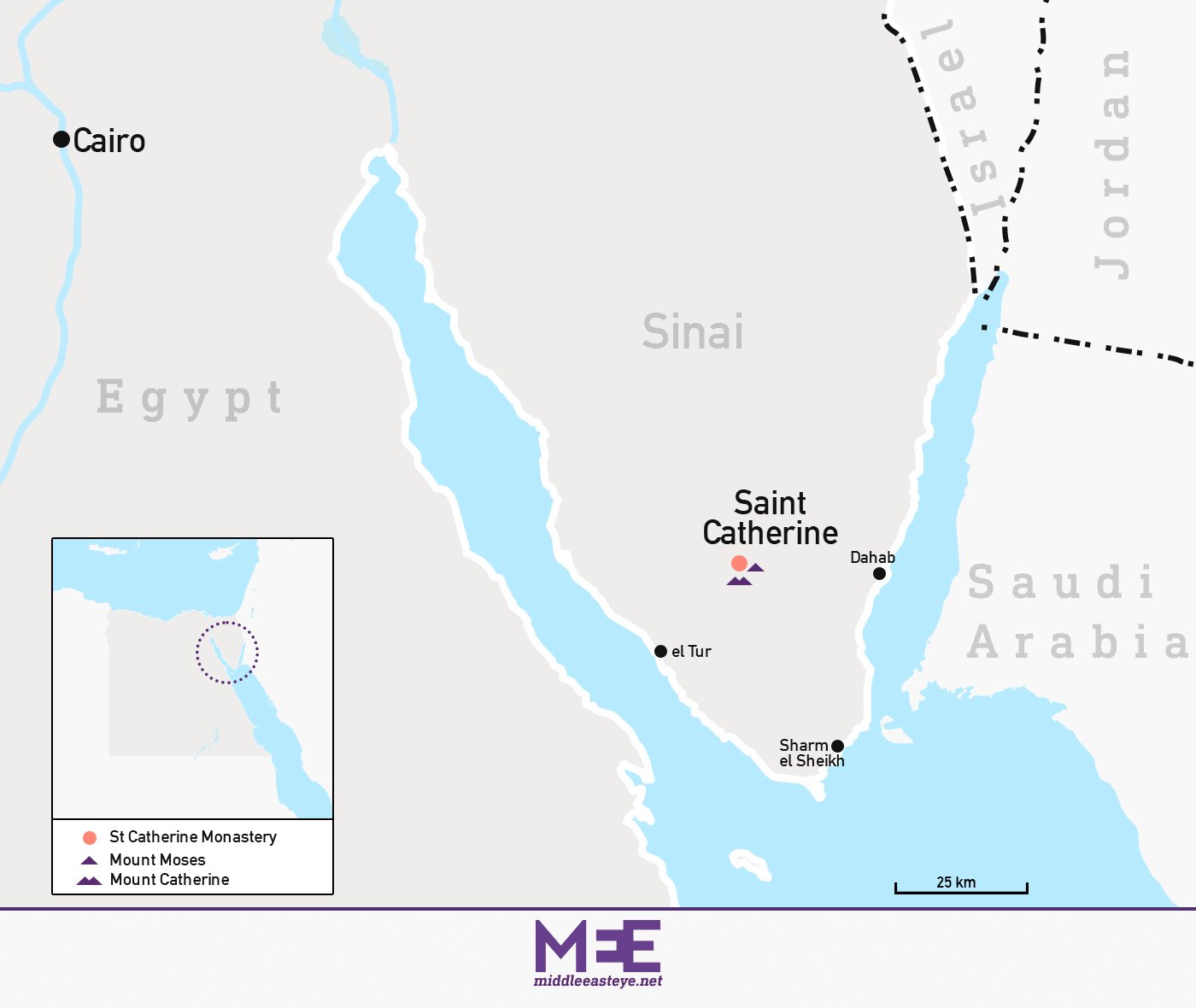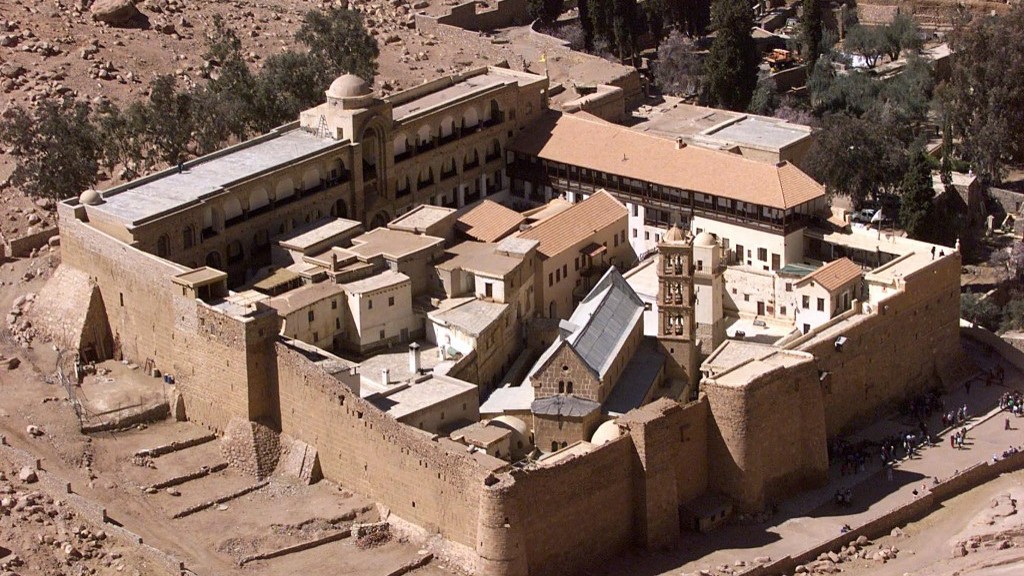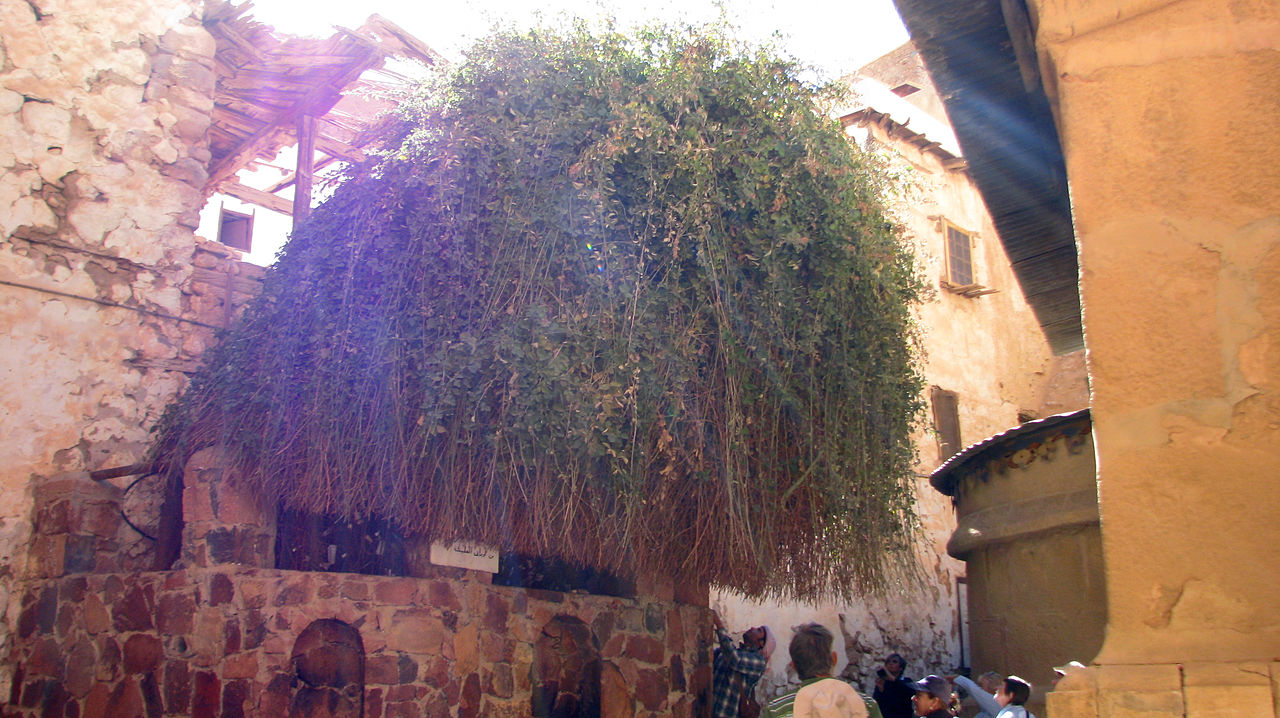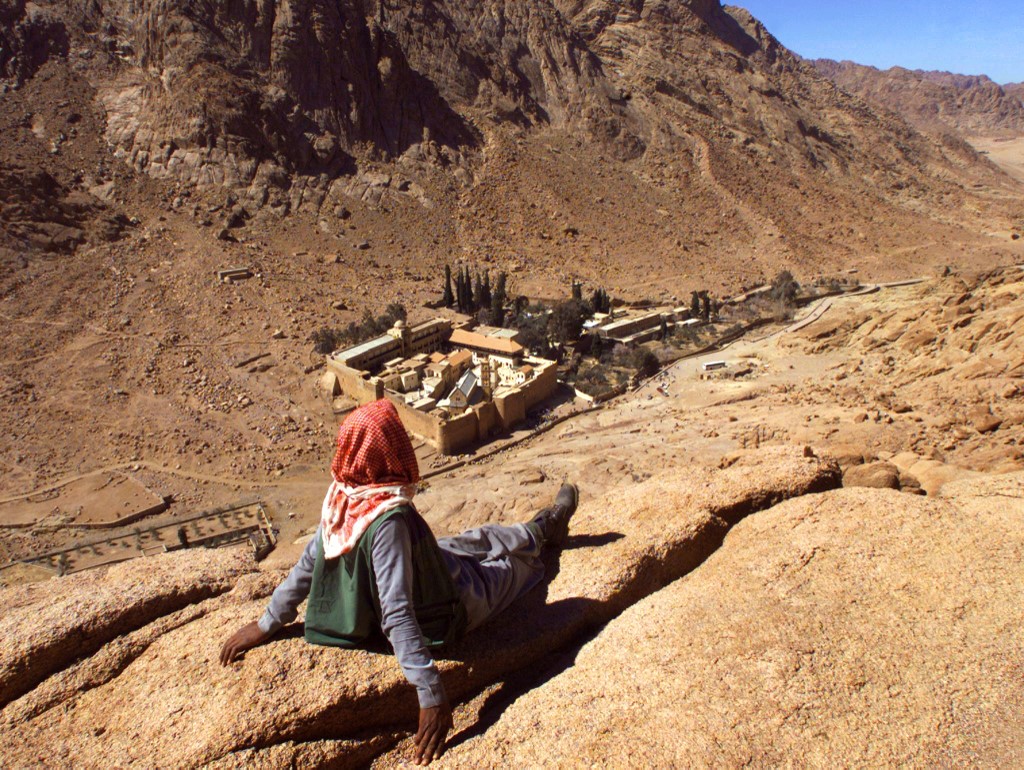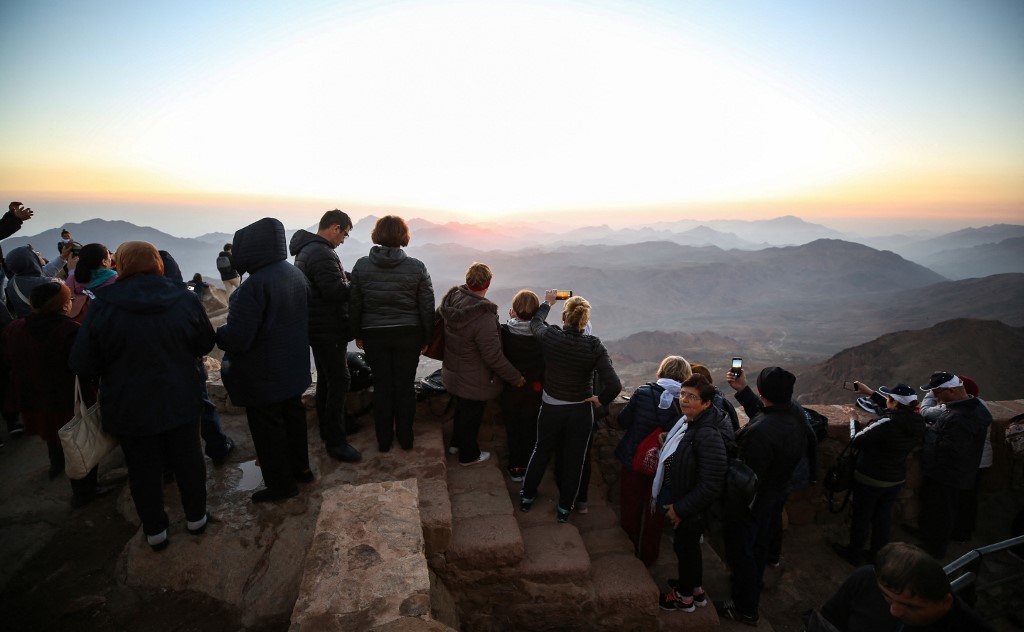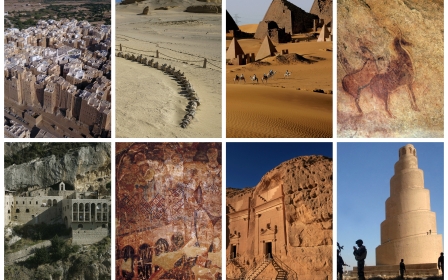Saint Catherine: A closer look at one of Egypt's most holy cities

Nestled in the mountains of Egypt's Sinai Peninsula and close to the borders with the besieged Gaza Strip and Israel is a historic area revered by the three major Abrahamic religions.
The area is home to three important sites, including the al-Tor Mountains, Mount Sinai, and the Saint Catherine Monastery.
New MEE newsletter: Jerusalem Dispatch
Sign up to get the latest insights and analysis on Israel-Palestine, alongside Turkey Unpacked and other MEE newsletters
In 2002, the small city that binds those areas together was designated a World Heritage site by Unesco, which cited its sacredness to the major religions, as well its well preserved Byzantine architecture.
However, despite its significance, over the past few years locals have expressed concerns that Saint Catherine in southern Sinai could be under threat from a new development project.
For centuries the area has been left largely untouched despite a steady stream of pilgrims and tourists visiting from the nearby Red Sea resorts.
But now, the city’s residents are worried that a new project, called the "Great Transfiguration", sponsored by Egyptian President Abdel Fattah el-Sisi, will replace the ancient landscape with unsightly concrete buildings and modern architecture.
As bulldozers begin tearing down and razing key locations, Middle East Eye looks at the historic and religious importance of the site.
Religious significance
For Christians, Muslims and Jews, Mount Sinai, known as Jabal Musa (the Mountain of Moses) in Arabic, is the site of one of the most significant events in the Abrahamic tradition: the place where God revealed the Ten Commandments to Moses, an incident narrated in the Book of Exodus in the Hebrew Bible.
Engraved on two stone tablets, according to the biblical story, the commandments form the basis of the moral order shared by Christianity, Islam and Judaism.
With each beginning with the words "thou shall not", the commandments are some of the most widely recognised parts of the Old Testament.
The 2,285-metre-high mountain, also called Mount Horeb in the Old Testament, features a cave at its summit, where Muslims believe Moses waited to receive the divine law from God.
The city of Saint Catherine is also home to the Moses Springs, a total of 12 freshwater springs which have inspired their own legends about Moses.
Only seven of the original 12 springs still exist due to a long period of neglect and deterioration, which ended in 2015, when the Egyptian government started a project to restore them.
Besides its religious importance, the area of Saint Catherine was also important for its strategic location between the Levant and Egypt, and for the minerals that lay within the mountains.
The area was part of ancient Egyptian empires and, in the 16th century BC, was a source of metals such as gold and copper.
Saint Catherine's Monastery
The Eastern Orthodox Church of Saint Catherine, which lies at the foot of Mount Sinai, is the oldest functioning monastery in the world, and still holds troves of historic manuscripts.
Founded between 548 and 565 CE during the rule of Byzantine Emperor Justinian, the monastery was built with high walls and towers to protect it from attacks.
Much of the church’s original exterior is still standing today and continues to draw pilgrims.
Inside the monastery, a restored mosaic depicts a moment described in the New Testament called "transfiguration", in which Christ appears surrounded by light, an event witnessed by three of his apostles. The scene represents the moment God revealed himself to humanity.
The monastery is also home to one of the world’s oldest continuously operating libraries, containing rare and old manuscripts.
The Well of Moses, sometimes referred to as the Well of Jethro, is another key feature of the monastery, and one which many pilgrims visit annually.
According to the Torah, Moses was resting by the well when the seven daughters of Jethro came to get some water, but were driven away by shepherds until Moses came to their defence.
In an act of gratitude, Jethro invited Moses to his home, offering his daughter Zipporah to him in marriage.
The Burning Bush
According to the faithful, another episode involving Moses in the Saint Catherine area was the "Burning Bush" incident also mentioned in the Book of Exodus.
There is even a bush within the Saint Catherine Monastery that some identify with the bush where God is said to have revealed himself to the biblical prophet.
According to Christian, Muslim and Jewish accounts, this was the point at which Moses was appointed to lead the Israelites out of Egypt.
Muslims also believe that God spoke directly to Moses near the Burning Bush, and that he was asked to remove his sandals due to being on holy ground.
St Catherine’s Mosque
The area is also home to St Catherine’s Mosque, which was originally a chapel but converted into a mosque in 1106 CE, during the reign of the Fatimid caliph, Al-Amir bi-Ahkam Allah.
The mosque features a unique pulpit featuring Fatimid-era decorations. During the Islamic month of Ramadan, the mosque becomes an important gathering place for the local community.
According to historic sources, the mosque was intended as a resting place for pilgrims who passed by the monastery on their way to Mecca.
Today the mosque is used mainly by Bedouins, who continue to maintain the structure and the grounds around it.
Saint Catherine today
The area of Saint Catherine cuts a sharp contrast with the flashy resorts of the southern Sinai coast, with no skyscrapers or gaudy luxury hotels in sight.
It is instead defined by its Bedouin residents, who have lived in the area for more than 1,400 years and continue form the bulk of its population.
One of the prominent Bedouin tribes in the area is the Jebeliya, a name that comes from the Arabic word for mountain.
The clan's origins can be traced back to when Emperor Justinian sent 200 soldiers to guard the monastery.
Many of the soldiers came from the Black Sea region, settling in the area and marrying into local Arab tribes, with their descendants later converting to Islam.
Today, the tourism industry is one of the main sources of income for locals but has taken a hit in recent years due to the coronavirus pandemic and unrest, including an armed campaign by the region's Islamic State group affiliate.
When things get tough, the community relies on agriculture and goat herding, feeding their families using their produce and selling what’s left over.
Bedouins have adapted to the harsh and erratic weather conditions over time, and will migrate from location to location to avoid extreme weather.
During the winter, the tribes tend to live in stone-made houses at lower altitudes, while during the summer months, they move to their gardened homes at higher altitudes.
In the evenings, Bedouin families gather around a fire for warmth and to cook food and make tea on it.
Camel racing is a popular sport in the area, and the animals are also used to guide tourists up the mountain at sunrise.
One of the most popular activities for tourists is the "three peaks challenge", which involves hiking up the three tallest mountains in Egypt: Mount Catherine, Mount Sinai and Mount Abbas.
Middle East Eye delivers independent and unrivalled coverage and analysis of the Middle East, North Africa and beyond. To learn more about republishing this content and the associated fees, please fill out this form. More about MEE can be found here.


